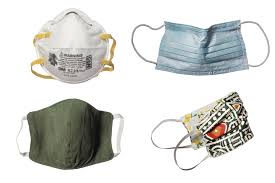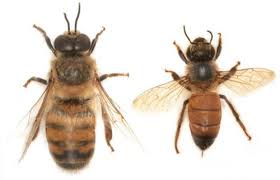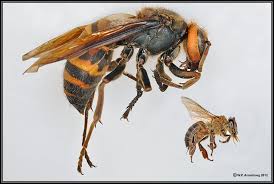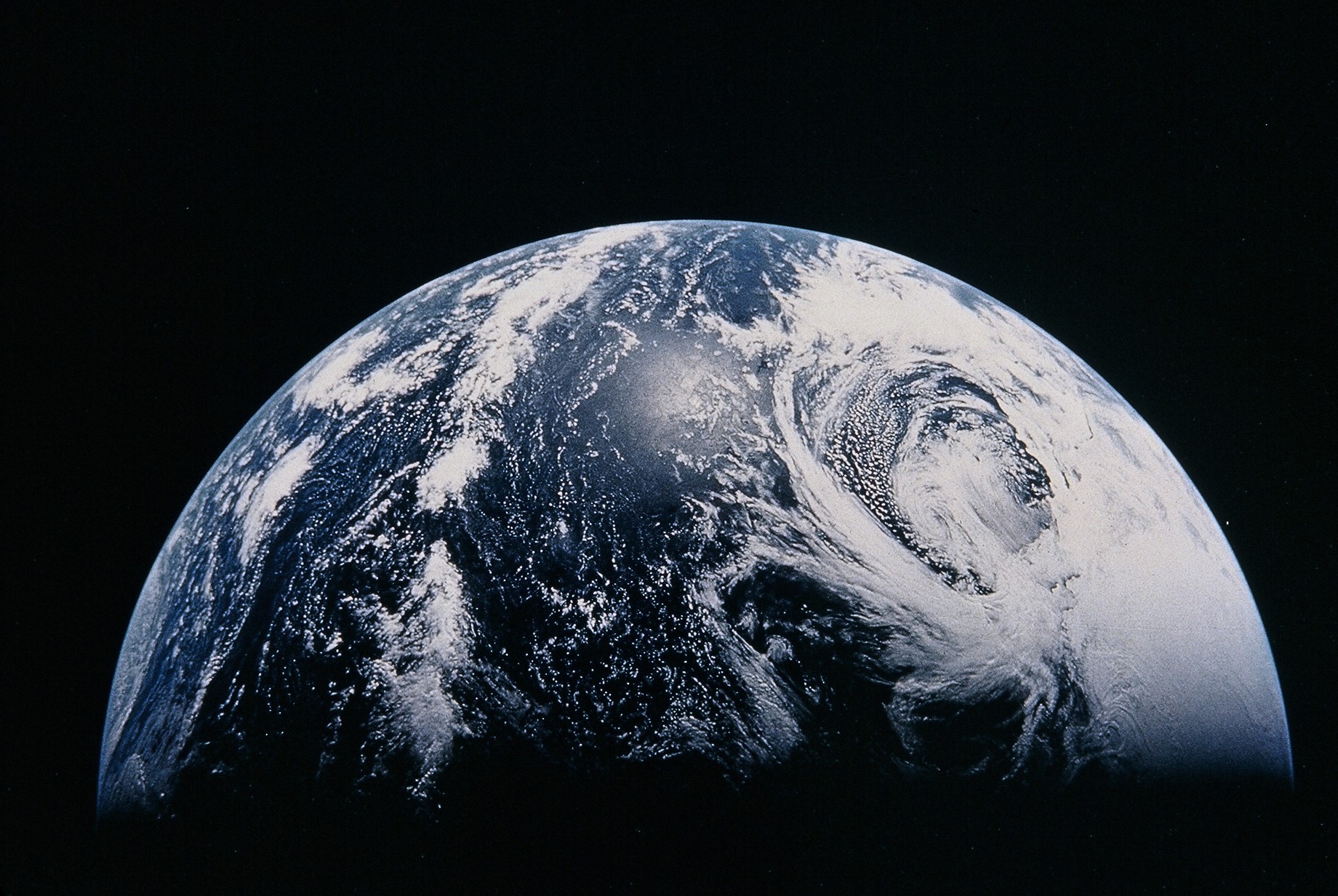 That shouldn’t even be a question. Earlier this month, in response to the rapid spread of a deadly global pandemic, the Region of Peel made a decision based on medical and scientific advice. The wearing of non-medical masks in indoor enclosed spaces and outdoor spaces where social distancing was not possible became mandatory on July 10, 2020.
That shouldn’t even be a question. Earlier this month, in response to the rapid spread of a deadly global pandemic, the Region of Peel made a decision based on medical and scientific advice. The wearing of non-medical masks in indoor enclosed spaces and outdoor spaces where social distancing was not possible became mandatory on July 10, 2020.
This emergency by-law was passed by the Councils of Brampton, Caledon and Mississauga for as long as our medical Officers of Health deem necessary. This temporary mandatory masks by-law is much like the permanent seat belt, no hands-held phone texting or talking, no smoking/vaping in shared enclosed spaces by laws. They are intended to protect ourselves and others from injury, illness and possible death. This is not like the “No Shirt, No Shoes No Service” signs that pop up in store windows during the long hot Ontario summers.
If, for example, our Premier happened to walk into the local corner store with no shirt and no shoes, that would be offensive and not aesthetically pleasing to the general public, and very disturbing for young children. But if our Premier walked into that same store maskless during a coronavirus pandemic, he could potentially be infecting the staff and other customers.
Here’s another example. Consider that not following the mandatory mask by-law in the Region of Peel, or anywhere else where the virus is active, is like driving drunk without a seat belt while texting on your hand-held cellphone as you speed through a red light. Someone could die.
Testing for COVID-19 lets you know if you are positive or negative with the virus. The tests are NOT 100% accurate and persons with the virus may be asymptomatic, not showing any outward signs of carrying the disease. Wearing a mask and social distancing is the easiest way to prevent the spread of this deadly virus. We have the by-law so all we need now are educated and respectful citizens to follow it.
However, as expected in any democratic society, while there are no differences in the facts, there are differences of opinion. South of the border, they have coined the term “Donnie and the Boogaloos” for groups of people resistant to medical and scientific health measures. Here in Caledon I have named them “Ronnie and the BooBoos” being any group of people who brag about never buying or ever wearing a mask. We can find them lined up at hardware stores and coffee shops all around the Town.
Unfortunately, given that we have so few by-law officers, there is little enforcement of this by-law and store owners are left with the responsibility of educating their customers. As one community minded business man told me recently, “Skid, we’ve posted the signage at our entrance. These resistors are belligerent. I can’t afford a confrontation with a customer who refuses to comply.” And I can’t put my family at risk by entering a premises where there is not full compliance.
One of our local Councillors told me recently that he had received many more calls complaining about the mandatory mask by-law than the few he got about the traffic calming (excellent work by the way) at the four corners intersection in Bolton. Another Councillor wrote to me: “There are many residents who are in support of this issue but there are others who are not.”
This is not an “issue” and in my humble opinion, based on medical and scientific reports, there are not “fine people on both sides” of this mandatory by-law. To mask or not to mask shouldn’t even be a question our citizens our asking. Comply with the By-Law. Don’t be one of the “BooBoos” – wear a mask!
***
RETWEET ON TWITTER #WearAMask #COVIDIOTS
 This is a story about a childhood friend and an adult colleague.
This is a story about a childhood friend and an adult colleague. Now move forward to the last 1000 years or so as the first European invasive immigrants meet the now indigenous peoples of North and South America. And history, as they say, repeats itself. These European colonists bring with them many new invasives like the smallpox virus, the dandelion, the robin, and the honeybee. The honeybee hives are popular with the colonists, and so common in settlements that the First Peoples refer to them as “white man’s flies.” The honeybee (Apis mellifera) settles down and becomes so much a part of white colonial agriculture that we begin to think of them as a native species. They are not.
Now move forward to the last 1000 years or so as the first European invasive immigrants meet the now indigenous peoples of North and South America. And history, as they say, repeats itself. These European colonists bring with them many new invasives like the smallpox virus, the dandelion, the robin, and the honeybee. The honeybee hives are popular with the colonists, and so common in settlements that the First Peoples refer to them as “white man’s flies.” The honeybee (Apis mellifera) settles down and becomes so much a part of white colonial agriculture that we begin to think of them as a native species. They are not. The Asian Giant Hornet, also known as the Japanese Giant Hornet is native to South East Asia, Japan, and Eastern Russia. They prefer to nest in hollow logs or at the base of large trees which makes Vancouver Island ideal habitat. Besides the rather potent venom from its 6mm (¼ inch) stinger, it loves to decapitate honeybees. Its mandibles are bigger, armour stronger, venom more powerful, and they fly at 40 km/h, so a few Asian Hornet predators can devastate a European honeybee colony very quickly. Sort of like an insect reversal of history.
The Asian Giant Hornet, also known as the Japanese Giant Hornet is native to South East Asia, Japan, and Eastern Russia. They prefer to nest in hollow logs or at the base of large trees which makes Vancouver Island ideal habitat. Besides the rather potent venom from its 6mm (¼ inch) stinger, it loves to decapitate honeybees. Its mandibles are bigger, armour stronger, venom more powerful, and they fly at 40 km/h, so a few Asian Hornet predators can devastate a European honeybee colony very quickly. Sort of like an insect reversal of history. Follow the money in this battle of the invasives. The Asian Giant Hornets may have better natural equipment, but the European honeybee has some sweet investors. In the meantime, just to be safe, don’t kick open any big old hollow logs or stumps. No “murder hornets” in Ontario yet, but you may be disturbing the nests of our native bumblebees. And our native species need all the help they can get.
Follow the money in this battle of the invasives. The Asian Giant Hornets may have better natural equipment, but the European honeybee has some sweet investors. In the meantime, just to be safe, don’t kick open any big old hollow logs or stumps. No “murder hornets” in Ontario yet, but you may be disturbing the nests of our native bumblebees. And our native species need all the help they can get.
 In 1988, the World Meteorological Organization warned us that “Humankind is conducting an unintended, uncontrolled, all-pervasive experiment upon the atmosphere of Earth, the consequences of which will be second only to global nuclear war.” This frightened you so much Severn, a young teenager, that you took your message to the United Nations Earth Summit in Rio de Janeiro in 1992. On behalf of children everywhere, you reminded us adults that, “We are what we do, not what we say.”
In 1988, the World Meteorological Organization warned us that “Humankind is conducting an unintended, uncontrolled, all-pervasive experiment upon the atmosphere of Earth, the consequences of which will be second only to global nuclear war.” This frightened you so much Severn, a young teenager, that you took your message to the United Nations Earth Summit in Rio de Janeiro in 1992. On behalf of children everywhere, you reminded us adults that, “We are what we do, not what we say.”